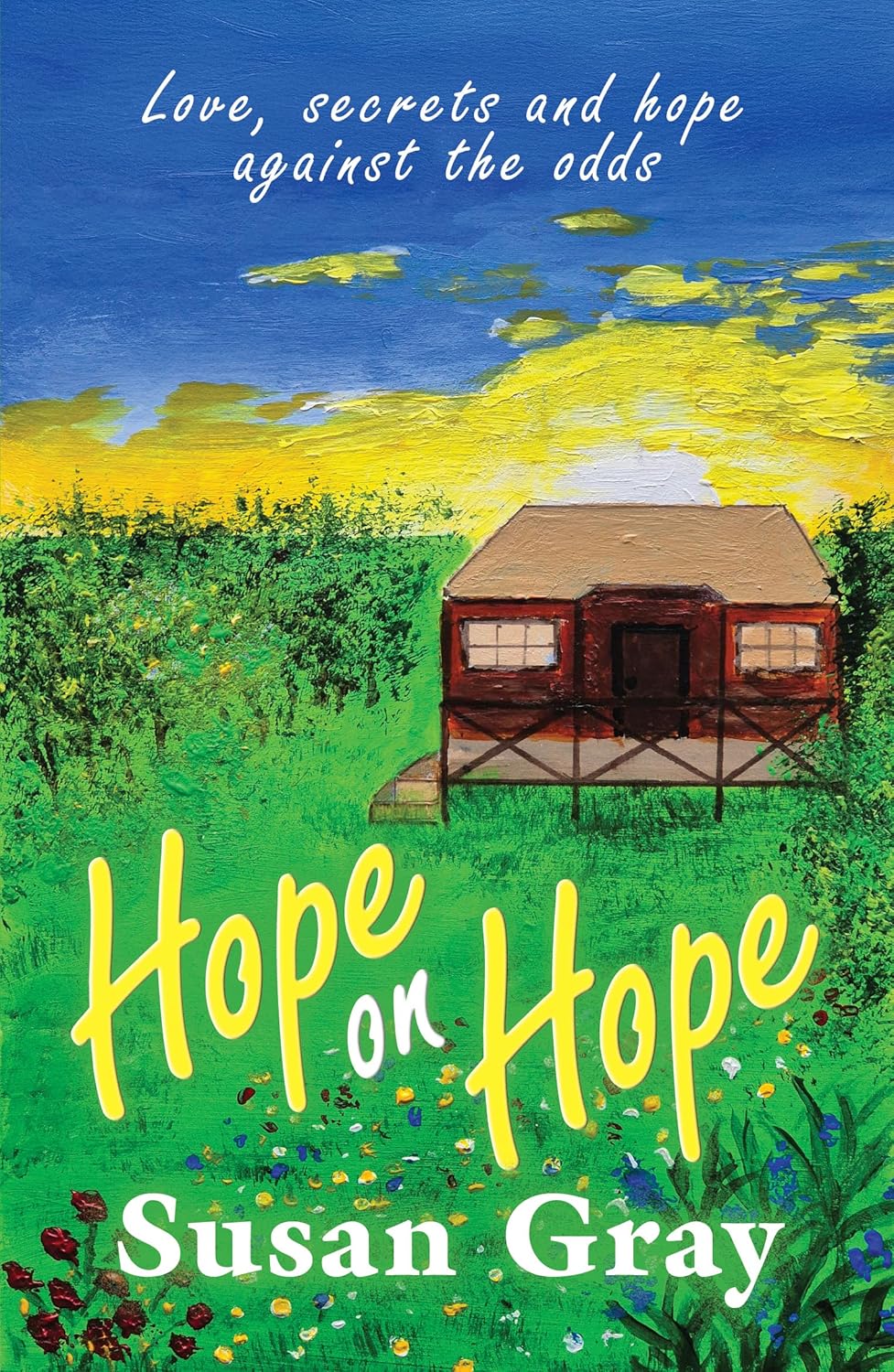The second instalment in the Blossoming of Truth series, Hope on Hope by Author Susan Gray successfully advances the saga by shifting focus to the next generation while maintaining the emotional threads that made the first book compelling. Set against the backdrop of World War II and its aftermath, this sequel explores how hope manifests differently across three interconnected lives.
The novel’s greatest strength lies in its character development, particularly with the two central female protagonists. Chantal, grieving and searching for answers about her lost love Sam, brings a mature perspective shaped by wartime loss. Her counterpart, the headstrong teenager Darcy, provides a perfect foil—impulsive where Chantal is measured, outspoken where her aunt has learned discretion. The dynamic between these two strong-willed women crackles with authentic tension, especially as their conflicting worldviews create realistic family friction.
The author weaves together multiple storylines across different locations, from war-torn France to post-war northeast England. The time progression—moving twenty years forward from Tom and Rachel’s story—feels natural, and seeing familiar characters like Tom and Rachel appear in supporting roles provides satisfying continuity for series readers. The pacing maintains reader engagement throughout, balancing romantic drama with wartime intrigue.
While the story succeeds on multiple levels, certain aspects could benefit from additional depth. Sam’s perspective, crucial to understanding Chantal’s emotional journey, occasionally feels underdeveloped given his importance to the overall narrative. Additionally, Chantal’s involvement with the French Resistance—a subplot with tremendous dramatic potential—could have been explored with greater intensity to match the gravity of wartime resistance work.
Some plot resolutions, while satisfying, arrive with convenient timing that occasionally feels overly neat for the complex realities the characters face.
Hope on Hope delivers a compelling exploration of its central theme: how hope transforms from mere wishful thinking into a powerful force for change. The novel effectively demonstrates hope as both lifeline and defining attitude through each character’s journey. Chantal’s quest for closure, Darcy’s coming-of-age struggles, and Henri’s search for belonging all illuminate different facets of hope’s transformative power.
The dialogue feels authentic to both the time period and each character’s distinct voice, while the plot weaves together romance, family drama, and historical events with skill. The pacing keeps readers invested as relationships develop and secrets unfold across the changing landscape of post-war Europe.
Readers who connected with the first book will find much to appreciate in this thoughtful continuation, which successfully balances character continuity with fresh perspectives. Hope on Hope stands as a solid sequel that honours its themes while delivering an emotionally resonant story about love, loss, and the resilience of the human spirit.
I award 4.5 stars

